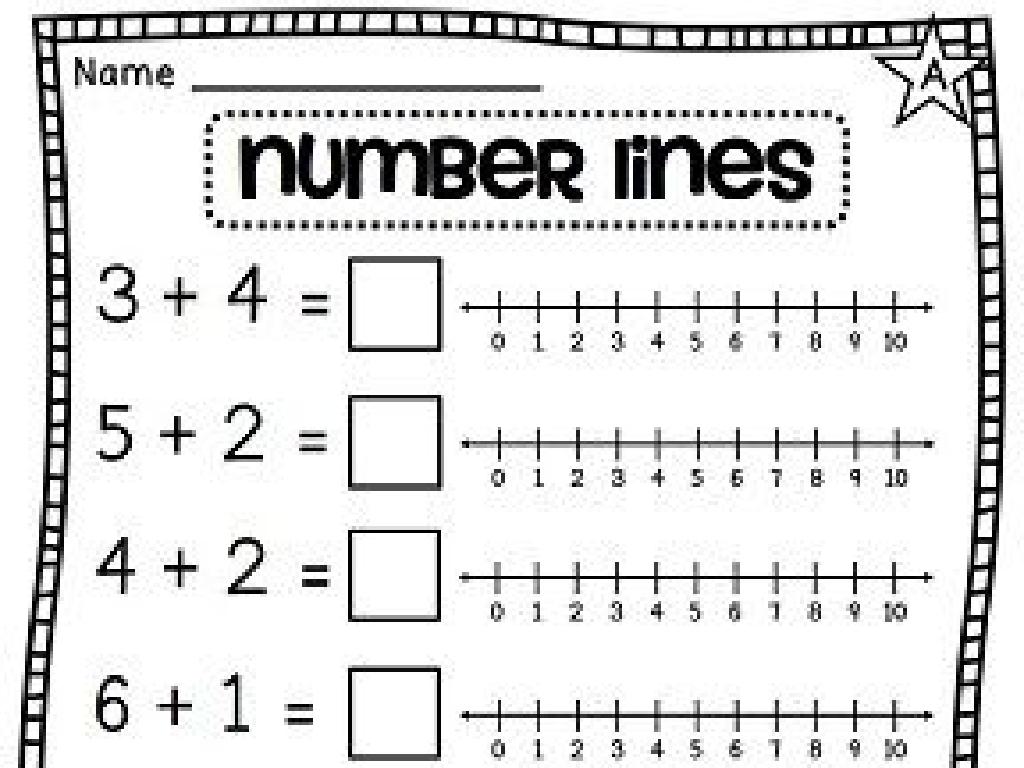Origins Of Judaism
Subject: Social studies
Grade: Sixth grade
Topic: World Religions
Please LOG IN to download the presentation. Access is available to registered users only.
View More Content
Origins of Judaism: Exploring World Religions
– Understanding cultural beliefs
– Intro to World Religions
– Focus on Judaism
– Judaism: A faith over 3,000 years old
– Significance of monotheism
– Monotheistic: Belief in one God
|
This slide introduces students to the study of world religions with a focus on Judaism, one of the oldest monotheistic religions. Begin by discussing the importance of understanding different cultures and beliefs to foster respect and empathy. Introduce the concept of World Religions as a subject that covers various belief systems around the globe. Today’s focus is on Judaism, which dates back over 3,000 years and is characterized by the belief in a single, all-powerful God. Emphasize the significance of monotheism in Judaism and how it differentiates from polytheistic religions. Encourage students to think about what it means to have a belief system and how religions can shape cultures and histories.
Exploring Judaism
– Define Judaism
– Judaism is the Jewish faith, centered on beliefs in one God.
– Monotheism in Judaism
– Belief in a single, all-powerful God is central to Jewish beliefs.
– Judaism: Religion and Culture
– Judaism is not just a religion, but also a culture and way of life for Jewish people.
– Judaism’s role in civilization
– Judaism has significantly influenced the moral and ethical foundations of Western civilization.
|
This slide introduces students to the basic concepts of Judaism, emphasizing its monotheistic nature, which is the belief in one God. It’s important to convey that Judaism is multifaceted, serving as a religion, a cultural identity, and a historical civilization with a profound impact on the world. Discuss the significance of monotheism as a distinguishing feature of Judaism and how it differs from polytheistic beliefs. Highlight how Jewish traditions, laws, and ethics have shaped not only the lives of Jewish people but also the broader aspects of Western culture and thought. Encourage students to think about how a religion can influence various aspects of life and society.
Historical Roots of Judaism
– Judaism’s origins in the Middle East
– Began over 3,500 years ago in the Middle East.
– Abraham: Patriarch of the Jews
– Considered the founding father of the Jewish people.
– Moses and the Exodus story
– Led the Israelites out of Egyptian slavery.
– Significance to Jewish identity
– These stories are central to Jewish culture and religion.
|
This slide introduces students to the ancient beginnings of Judaism, one of the world’s oldest monotheistic religions, which originated in the Middle East over 3,500 years ago. Abraham is highlighted as the patriarch and a key figure in Jewish history, who is believed to have made a covenant with God. The story of Moses, another foundational character, details the Exodus, where Moses leads the Israelites out of slavery in Egypt. These historical roots are not just stories; they form the bedrock of Jewish identity and faith. Encourage students to reflect on the importance of these figures and events in the context of world religions and their lasting impact on Jewish culture.
Sacred Texts of Judaism
– Introduction to the Torah
– The Torah is Judaism’s most important text, containing laws and teachings.
– Significance of the Hebrew Bible
– The Hebrew Bible, or Tanakh, includes history, poetry, and prophecy.
– Exploring the Talmud
– The Talmud interprets the Torah and applies its teachings to daily life.
– Discovering the Midrash
– The Midrash contains stories and insights explaining the Torah’s passages.
|
This slide introduces students to the foundational texts of Judaism, starting with the Torah, which is central to Jewish religious life. The Hebrew Bible, or Tanakh, is also crucial as it encompasses a wider range of literature including historical accounts, wisdom literature, and prophetic writings. The Talmud and Midrash are key texts that provide deeper insights and interpretations of the Torah, helping to guide the practice and understanding of Jewish law and ethics. Encourage students to recognize the importance of these texts not only in religious context but also in the cultural and historical development of Jewish civilization. Discuss how these texts continue to influence Jewish life and thought today.
Key Beliefs and Practices of Judaism
– Monotheistic belief in God
– Judaism is centered on the belief in one God.
– The Ten Commandments
– A set of ethical guidelines that Jews follow.
– Celebrating Jewish holidays
– Traditions include Passover, Hanukkah, and more.
– Prayer and the synagogue
– Synagogues are places of worship and community.
|
This slide introduces students to the fundamental beliefs and practices in Judaism. Emphasize the monotheistic aspect of Judaism, which is the belief in a single, all-powerful God. Discuss the Ten Commandments as moral and religious guidelines that are central to Jewish law. Highlight the various Jewish holidays, explaining the historical and religious significance of each. Explain the role of prayer in Judaism and how the synagogue serves as a place for worship and community gatherings. Encourage students to respect and appreciate the diversity of religious practices and beliefs.
Judaism Today: A Global Perspective
– Jewish communities worldwide
– Jews live in many countries, sharing traditions and culture.
– Modern branches: Orthodox, Conservative, Reform
– Orthodox: traditional practices; Conservative: moderate; Reform: liberal approaches to Jewish laws.
– Israel’s significance to Jews
– Israel is a homeland and spiritual center for Jews.
– Diversity within Judaism
|
This slide aims to provide an overview of the current state of Judaism around the world. It’s important to highlight the diversity and global presence of Jewish communities, emphasizing that Judaism is not confined to one geographic area. Discuss the three main branches of modern Judaism, explaining how they differ in their observance of Jewish law and traditions. The role of Israel should be discussed as both a nation-state and a central part of Jewish identity and faith. Encourage students to appreciate the variety within Judaism and understand that, like all religions, it has evolved and adapted over time.
Class Activity: Exploring Judaism
– Group discussion on Judaism
– Create a Jewish history timeline
– List key events from the origins to modern times
– Share timelines with the class
– Present your timeline to peers
– Discuss the timelines
– Reflect on the different events and their significance
|
This activity is designed to consolidate students’ knowledge of Judaism through collaborative learning. Begin with a group discussion to recap what the class has learned about Judaism. Then, have students work in groups to create a timeline of Jewish history, highlighting key events such as the founding of Israel, the reign of King David, the Babylonian exile, and the Holocaust. Provide a list of events and dates to assist them. Once completed, each group will share their timeline with the class and discuss the significance of the events they chose to include. This will help students better understand the historical context of Judaism and its impact on Jewish people today. Encourage creativity in the timeline creation and ensure that each student participates in the discussion.






